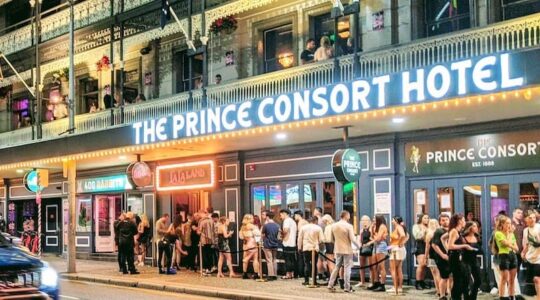Australia’s music festival organisers are calling for extra public funding and extreme weather management support to help future-proof the industry.
In a climate of recent festival cancellations, Creative Australia released a report on the state of the music festival industry.
The first report of its kind, Soundcheck: Insights into Australia’s music festival sector claims to “provide a comprehensive overview of the scope and scale of the Australian music festival industry, as well as insights into the social, cultural and economic impacts of music festivals and the challenges that festival organisers currently face”.
It found the most significant barrier to running a music festival was rising operational costs, with 47 percent of festivals saying this had a severe or major impact.
Eighty percent of festival organisers called for additional public funding or grants, with some calling for specialised funding or increased flexibility in existing funding.
Support with the management of weather impacts was another strategic development priority area for festivals, with almost a quarter citing extreme weather events as a major barrier to success.
Organisers also flagged insurance costs (33 percent) as a challenge, as well as complex and inconsistent regulatory requirements across states and territories.
The two key regulatory barriers for festival organisers were navigating planning and local government requirements and navigating police and security (all 27 percent).
For most festivals, health, medical and liquor licensing requirements were the least challenging part of the regulatory framework, with only 6–7 percent reporting these factors having a major impact on their festival and none reporting a severe impact.
The study found there were 535 music festivals across Australia in the 2022–23, with Victoria and New South Wales hosting the most at 149 each.
There was a wide range of music genres represented, with almost a quarter being electronic music (23 percent).
Other popular genres were rock (21 percent), country (19 percent) and indie (17 percent).








